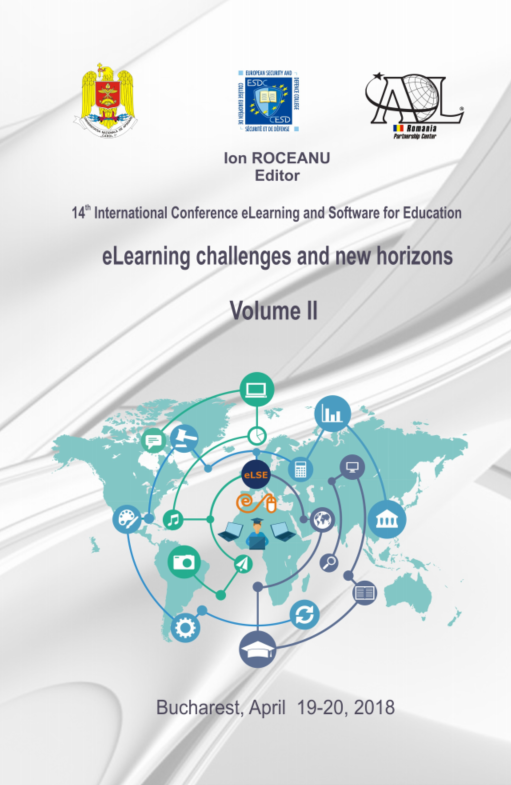The Integration of the Arduino Platform in the Physics Lessons
The Integration of the Arduino Platform in the Physics Lessons
Author(s): Marin OpreaSubject(s): Social Sciences, Education
Published by: Carol I National Defence University Publishing House
Keywords: Arduino; gravitational acceleration; pendulum; capacitor; thermistor; IR barrier;
Summary/Abstract: The results of the research that we performed in Physics education demonstrated that the integration of the Arduino platform in the Physics lessons was an important step in the improvement of the teaching and learning process. The variety of the sensors which can be used with this platform (acceleration, temperature, light, sound, magnetic field sensors etc.) enabled us to perform numerous and interesting experiments in the field of Mechanics, Thermodynamics, Electromagnetism and Optics. In this study we describe the way we performed a series of Arduino-based didactic experiments, such as: the determination of the gravitational acceleration, the measurement of the oscillation period of a pendulum, the study of the charging and discharging of an electric capacitor, the temperature monitoring using a thermistor, the drawing of the characteristic of a photoresistor etc. In order to perform experiments for determining the gravitational acceleration and for measuring the oscillation period of a pendulum, we built up an infrared (IR) barrier using an IR LED as emitter and a IR photoresistor as receiver. The IR barrier was periodically intersected by the suspension wire of the pendulum, its oscillation period being calculated with a high degree of accuracy. Moreover, the free fall of a small rectangular ladder having transparent and opaque areas at equally spaced distances enabled the fairly accurate measurement of the time intervals when the IR beam was obstructed. This way the determination of the gravitational acceleration could be performed with a good level of precision. For the qualitative and quantitative study of the physical processes associated with the charging and discharging of an electrolytic capacitor, we used a simple electric circuit which enabled us to acquire the necessary data for a graphical representation of the charging-discharging cycle of the device. In order to monitor the values of the temperature with a thermistor, we used a voltage divider which could read the variation of the values in the electrical voltage generated at the connecting terminals of the thermistor, according to the variation of the temperature of the physical environment. A similar electric circuit was used for the study of the electrical resistance variation of a photoresistor with the light intensity. These experiments are perfectly in line with the modern and efficient approach to Physics education. This aspect was demonstrated by the rapid processes of data acquisition and processing, coupled with the interpretation of the obtained results. The students involved in the experiments constantly proved to have enthusiasm and curiosity, thereby improving their cognitive capacities and skills in the interdisciplinary area of STEM.
Journal: Conference proceedings of »eLearning and Software for Education« (eLSE)
- Issue Year: 14/2018
- Issue No: 02
- Page Range: 099-106
- Page Count: 8
- Language: English

